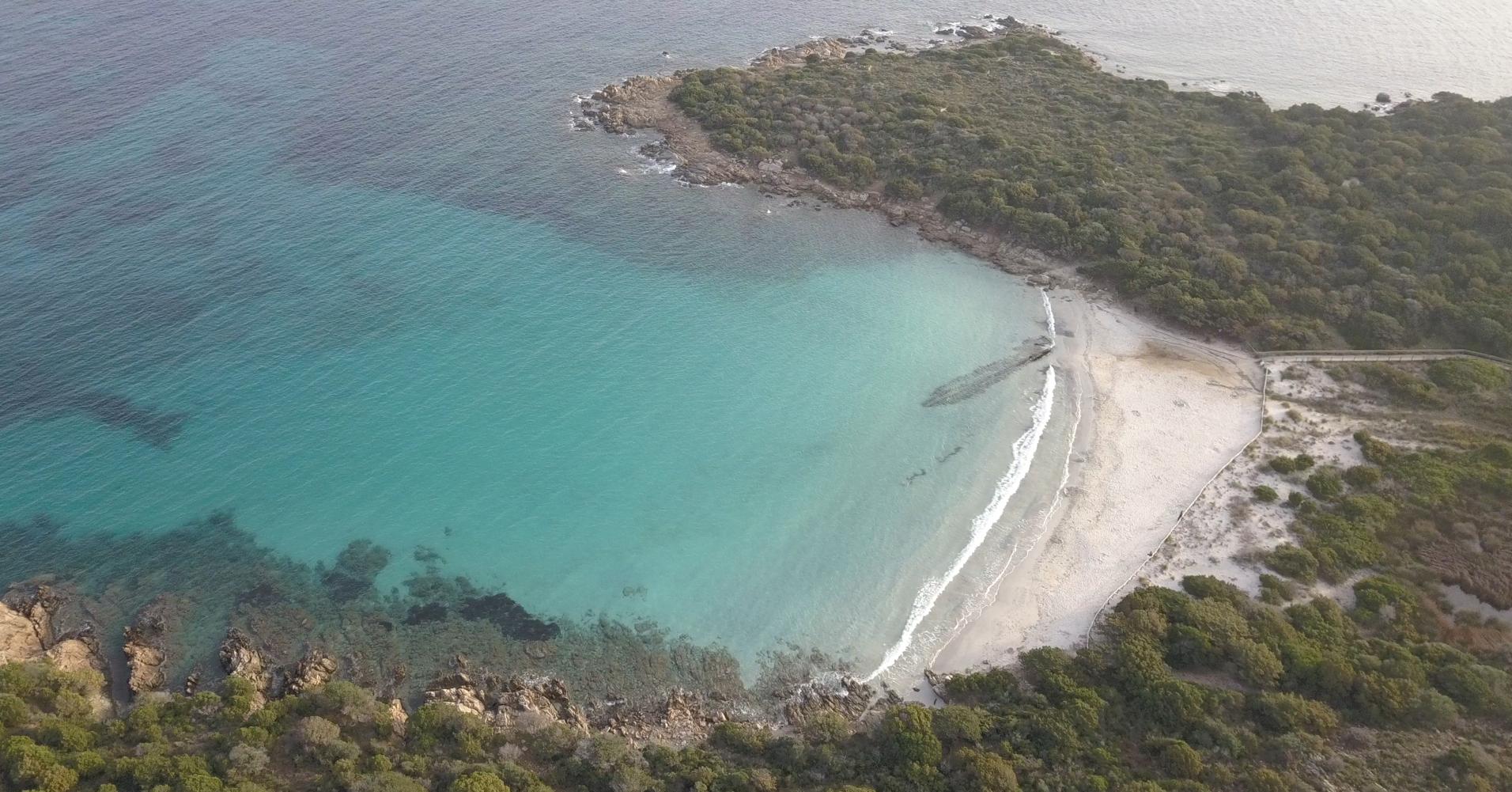PROJECT OBJECTIVES
The project has, as generic objective, the increase of the capacity of the carbon reservoirs of Posidonia oceanica meadows through erosion reduction and subsequent consolidation of the habitat 1120*: Posidonia oceanica meadows.
In particular the specific objectives are:
(1) to quantify carbon deposits and capture rates of phanerogams meadows habitat;
(2) to analyze future developments, carbon loss ratio, potential carbon fixation and accumulation rates; the relationship between carbon emission and sequestration in degradation and erosion formations;
(3) to define the standards for the evaluation of carbon dioxide of the phanerogams meadows habitat;
(4) to identify good practices for the defense of these formations and their carbon sinks and their expansion;
(5) to stimulate dialogue at national level to activate a network of companies and organizations involved in the carbon trading market;
(6) to engage the network of Italian marine protected areas, in order to promote transfer projects of the technical results.
The SEAFOREST project therefore has the general objective of restoring the habitats of the Posidonia meadows present in some Italian protected areas, through actions to reduce their degradation. In particular, the protected areas identified are the National Park of Cilento, Vallo di Diano and Alburni (province of Salerno), the National Park of Asinara and the National Park of the La Maddalena archipelago (province of Sassari). These territories have a large extension of posidonieti within their Marine Protected Areas, and part of this territory is threatened by the degradation factors listed above.
 La Maddalena Archipelago National Park (SS), Caprera Island: Posidonia meadows seen from above. Foto M. Miozzo
La Maddalena Archipelago National Park (SS), Caprera Island: Posidonia meadows seen from above. Foto M. Miozzo
ACTIONS FOR THE QUANTIFICATION OF CARBON DEPOSITS IN POSIDONIA OCEANICA MEADOWS
Accurate quantification of carbon deposits and estimation of the rate of change in relation to the degradation of the habitat due to the impacts generated by anchorages and moorings of boats in the study areas of the project will be carried out. All this with the aim of economically quantifying the benefits deriving from the Posidonia oceanica meadows surface that will be preserved thanks to the interventions of the project and to be able to give value to these protection actions thanks to the creation of a carbon credit market (see below).
ACTIONS TO REDUCE THE DEGRADATION OF HABITAT
In particular, to reduce the degradation of the Posidonia seagrasses, we will prepare a Plan for the management of anchors and moorings in Protected Areas, in order to regulate the access of the boats to the areas where the Posidonia meadows are present; moreover we will install eco-compatible moorings, more suitable for habitat conservation, to replace the moorings that may already exist, and we will remove the mooring structures no longer functioning, called "dead bodies", which caused the dead of the Posidonia oceanica meadows creating a empty inside the prairie.
ACTIONS FOR THE MANAGEMENT OF THE BEHAVIOR VEGETABLE RESIDUES
We will also deal with the residues of Posidonia, the so-called "blanquettes", which represent a problem along the coasts with a high tourist vocation. In particular we will try to promote a sustainable management of these residues, providing for the production of compost and acoustic panels.
ACTIONS FOR THE INCREASE OF HABITAT
We will use the stranded seeds and sprouts of Posidonia oceanica, in order to make a revegetation of the habitat. Therefore, natural nurseries will be created inside the Protected Areas, where the seedlings will be germinated, in order to make the dead "matte", once the prairie erosion has occurred.
THE CARBON CREDIT MARKET
A very important and innovative aspect of the SeaForest project concerns the carbon credit market. In fact, we will create a market deriving from the project, by creating a national IT platform for the purchase and sale of carbon credits generated by the project. Finally we will make sales contracts with companies interested in compensating their emissions by purchasing carbon credits.
EXPORT OF THE PROJECT TO MALTA
We will involve the network of Italian Marine Protected Areas in order to promote projects to transfer the technical results achieved in the SEA FOREST LIFE project. Moreover, thanks to our Maltese partner PARAGON Europe, the "Malta Laboratory" will be established, so the project will be extended to the Maltese territory, where territorial agreements will be established with stakeholders, for the adoption of the SEAFOREST model also within Marine Areas Maltese Protected.


